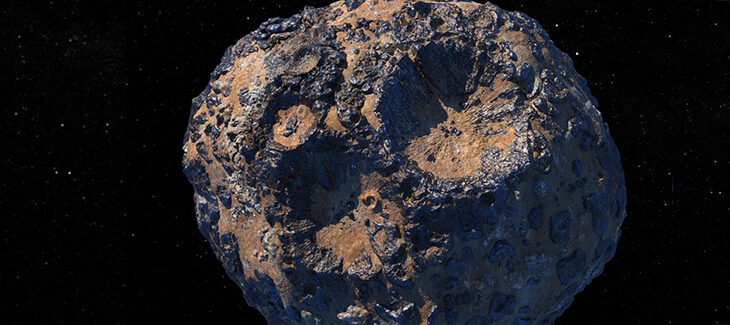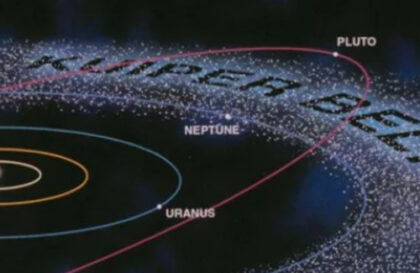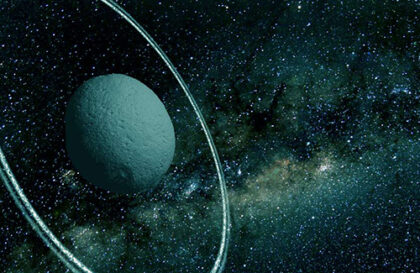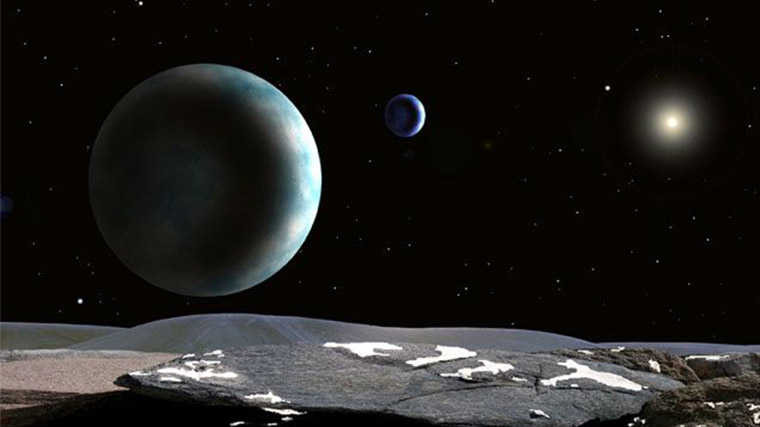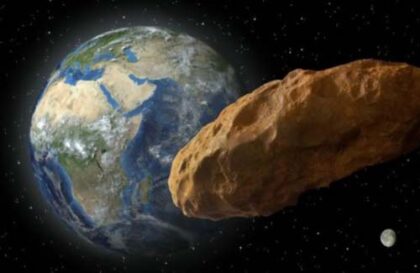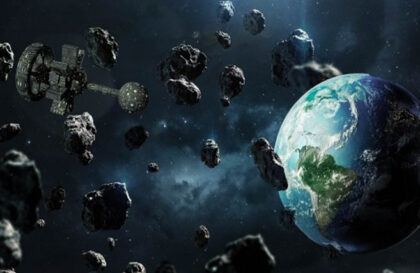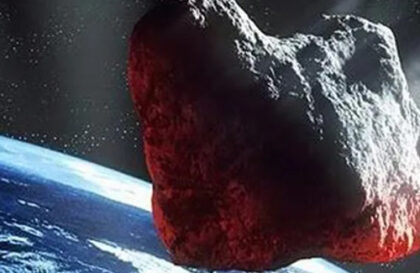Psyche is the most giant metal-rich asteroid in the Solar System. Psyche is rich in iron and nickel, which makes it an M-type asteroid. Psyche has a diameter of approximately 226 kilometers. The prevalence of metals and silicates differs significantly in different regions of the asteroid. The volume density of Psyche ranges from 3400 to 4100 kg/m³.
Psyche has an irregular potato-like shape. If cut in half horizontally at the equator (imagine a flattened oval), it would be 173 miles (280 kilometers) across at its widest point and 144 miles (232 kilometers) long. Its area is 64,000 square miles (165,800 square kilometers).
Psyche orbits the Sun between Mars and Jupiter at a distance of 2.5 to 3.3 astronomical units (A.U.), where 1 A.U. is the distance between the Earth and the Sun. Psyche takes about five Earth years to complete one revolution around the Sun but takes just over four hours to rotate once on its axis (a Psyche “day”).
Most other asteroids have a rocky or mountainous structure, and Psyche is one of the few asteroids whose composition is similar to that of the planet’s core. Scientists believe that Psyche may be the remnant of the core of a planet that formed early in the solar system but later lost its outer shell due to a collision or other processes.
By combining radar and optical observations, scientists created a 3D model of Psyche that shows evidence of two craters. This indicates a significant variation in the metal content and color of the asteroid on its surface. But we will know what it looks like once NASA’s Psyche mission sees asteroid Psyche up close for the first time.
The planet Psyche was discovered by the Italian astronomer Annibale de Gasparis on March 17, 1852. The name of this asteroid was chosen in honor of the Greek goddess of the soul – Psyche, who, according to legend, was born mortal but married Eros, the god of love in Roman mythology. Also, because this asteroid was the 16th to be discovered, it is often called 16 Psyche.
Psyche is currently the primary target of NASA’s ambitious Psyche mission. The Psyche spacecraft is scheduled for launch in October 2023 and will travel to the asteroid using solar-electric (low-thrust) thrust after a Mars flyby and gravity maneuver assistance.
An artist’s concept of the Psyche spacecraft. Credit: Maxar/ASU/P. Rubin/NASA/JPL-Caltech
Once the spacecraft enters orbit, its primary purpose will be to make a detailed map of the asteroid and conduct scientific research. To do this, it will use a multispectral camera, a gamma-ray and neutron spectrometer, a magnetometer, and a radio device to measure the force of gravity. One of the key goals of this mission is to determine whether Psyche is the core of a planetesimal, a massive object that served as a building block for planets in the early history of the solar system.
NASA’s Psyche spacecraft takes a spiral path to asteroid Psyche, as depicted in this graphic that shows the path from above the plane of the planets, labeled with key milestones of the prime mission. Credit: NASA/JPL-Caltech
Banner image: An artist’s rendering of Psyche, the largest of the metal-rich asteroids in the solar system. Credit: NASA/JPL-Caltech/ASU
Image credit:
https://www.brown.edu
https://science.nasa.gov
https://science.nasa.gov
